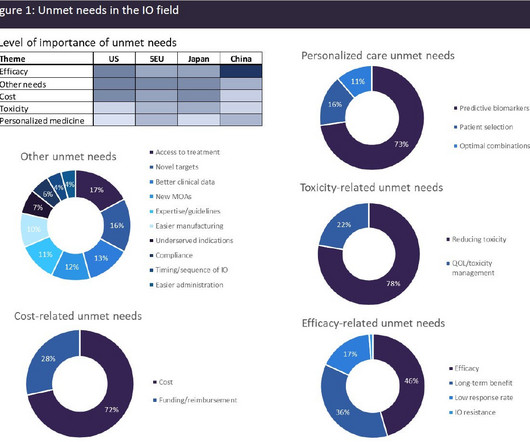What can pharma marketing learn from other regulated industries?
pharmaphorum
AUGUST 17, 2020
In this article Joanna Carlish, managing director of financial services at Tag Americas , and Robb DeFilippis, Tag Americas’ managing director, life sciences, go head-to-head to discuss marketing within a regulated industry. Personalising marketing content. Virtual connections. Content consistency.













Let's personalize your content